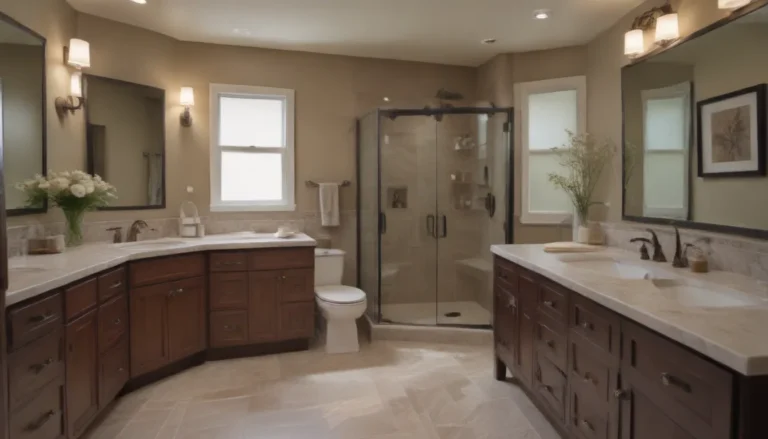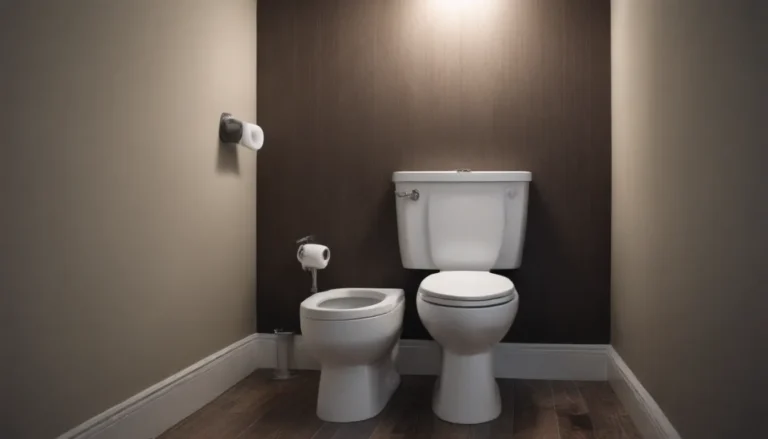The Ultimate Guide to Understanding and Choosing the Right Furnace Thermostat

Welcome to the ultimate guide to understanding the ins and outs of your home’s heating system by delving into the world of furnace thermostats. As the nerve center of your heating system, the thermostat plays a crucial role in determining when and how much heat is delivered by your furnace. In this comprehensive guide, we will explore the various types of thermostats, how they work, and most importantly, how to choose the right one for your home and needs.
Dive into the Different Types of Thermostats
When it comes to controlling central heating equipment such as furnaces, boilers, and heat pumps, thermostats come in different types to suit various needs. Here are the most common types you may encounter:
-
Mercury Contact Bimetallic Thermostat: This analog thermostat, although no longer legal to produce or sell in the United States, is still found in many homes. It relies on a bimetallic strip that moves as the temperature changes, ultimately opening or closing the mercury-filled glass vial to control the heating system.
-
Mechanical Contact Thermostat: This type uses a simple mechanical contact instead of mercury to regulate the temperature. Operating on the same principle as the bimetallic strip, it offers a less accurate but effective way to control heating and cooling systems.
-
Digital Thermostat: With electronic controls and precise temperature sensing, digital thermostats provide easy-to-read displays and a reliable way to manage your heating and cooling needs. They are often used as an upgrade for mechanical thermostats.
-
Electronic Programmable Thermostat: The programmable thermostat takes temperature control to the next level by allowing users to set custom programs based on their schedules. By adjusting the temperature according to your lifestyle, these thermostats can save energy and increase comfort levels.
Factors to Consider when Choosing a Thermostat
Selecting the right thermostat for your home involves considering various factors to ensure it meets your requirements and seamlessly integrates with your HVAC system. Here are some key considerations to keep in mind:
-
Manual vs. Programmable/Smart: Decide whether you prefer a manual thermostat for basic control or a programmable/smart thermostat for advanced features and energy-saving capabilities.
-
Compatibility: Make sure the thermostat you choose is compatible with your HVAC system to avoid any installation issues and ensure optimal performance.
-
Design and Features: Consider the design, controls, and features of the thermostat to ensure it meets your preferences and enhances the functionality of your heating system.
-
Installation: While many thermostats are DIY-friendly, it’s advisable to hire a professional HVAC technician to ensure proper installation and wiring compatibility with your existing system.
-
Cost: Thermostats come in a wide range of prices, from basic mechanical models to high-end smart thermostats. Consider your budget and the features you need to find the right balance between cost and functionality.
Understanding the Importance of Energy Efficiency
Energy efficiency is a crucial factor to consider when selecting a thermostat for your home. Programmable and smart thermostats offer features that can help you save energy and reduce heating costs by adjusting the temperature based on your schedule and preferences. By investing in an energy-efficient thermostat, you can not only lower your utility bills but also contribute to environmental sustainability.
When it comes to energy efficiency, programmable thermostats are a popular choice for homeowners looking to optimize their heating and cooling systems. These thermostats allow you to create custom programs based on your daily routines, ensuring that your home is comfortable when you need it and saving energy when you don’t. Additionally, smart thermostats like the Nest offer advanced features such as learning your habits and adjusting the temperature accordingly, further enhancing energy efficiency and comfort.
Popular Brands and Installation Costs
When it comes to choosing a thermostat, there are several reputable brands to consider, each offering a range of models to suit different needs and preferences. Some popular brands include Honeywell, Nest, Google Nest, Emerson, and Ecobee, known for their innovative features and reliability in the market.
The average cost of installing a new thermostat can vary depending on the type and scope of the installation. While a basic mechanical thermostat may cost around $15, smart thermostats can range from $100 to $500 or more. It’s essential to consider both the upfront cost of the thermostat and the long-term savings potential when choosing the right model for your home.
Identifying and Addressing Common Thermostat Issues
Understanding how your thermostat functions is essential for maintaining a comfortable and efficient heating system in your home. However, like any mechanical device, thermostats can experience issues that may impact their performance. Here are some common problems to watch out for:
-
System Won’t Turn On: If your heating system fails to turn on despite adjusting the thermostat settings, there may be an issue with the wiring or thermostat itself that requires attention.
-
Continuous Running: If your heating system runs continuously without reaching the desired temperature, it could indicate a faulty thermostat or an underlying issue with the HVAC system.
-
Unresponsive Settings: When the thermostat does not respond to changes in temperature settings, it may be a sign of a malfunction that needs to be addressed by a professional technician.
-
Short-Cycling: Short-cycling occurs when the heating system turns on and off frequently, affecting its efficiency and performance. This issue may be caused by a faulty thermostat or improper system settings.
If you encounter any of these problems with your thermostat, it’s essential to seek professional help to diagnose and resolve the issue promptly. Ignoring thermostat issues can lead to decreased comfort, increased energy bills, and potential damage to your heating system.
Conclusion
In conclusion, understanding the role of your furnace thermostat and choosing the right one for your home is essential for maintaining a comfortable and energy-efficient living environment. By exploring the different types of thermostats, considering key factors in selection, and addressing common issues, you can ensure that your heating system operates smoothly and effectively throughout the year. Whether you opt for a manual, programmable, or smart thermostat, it’s important to prioritize energy efficiency and compatibility with your HVAC system to maximize comfort and savings in the long run. Remember, your thermostat is the heart of your heating system, so choose wisely to keep your home cozy and warm.





